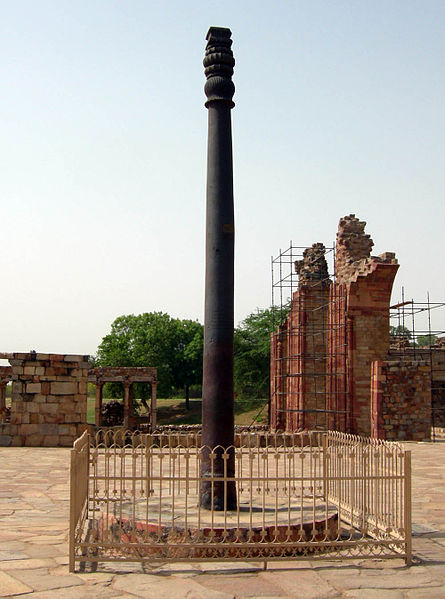1. Delhi is both a city (the capital of India) and a wider metropolitan area. You'll often see the city itself referred to as New Delhi, which is only home to one percent of the wider Delhi population. New Delhi itself was built in the early 20th century when the British government decided to move the capital from Calcutta.
2. Delhi has a humid, subtropical climate that varies greatly throughout the year. The temperature is often around 40 degrees Celsius in the early summer, but has been known to drop to freezing in winter. It's not just the temperature that varies however. Humidity rockets during the monsoon season in July and August when you can expect it to rain often; total rainfall can rise more than ten-fold in a matter of weeks.3. One of the most upmarket regions of Delhi, Dwarka, takes its name from Dvaraka, one of the seven sacred cities of Hinduism. It's mentioned many times in the Mahabharata. As it's just a matter of minutes away from Indira Gandhi International Airport, there are plenty of people looking to book hotels in Dwarka, Delhi.
4. Unlike some parts of wider Delhi, New Delhi was built to specific plans. The city is built around two main boulevards that cross one another. Rajpath is used for the famous Republic Day parade and funeral processions for important figures, while Janpath houses both big offices and several markets.
5. Delhi is technically a "National Capital Territory" but for all practical purposes operates like a state in India. It's a somewhat similar set up to Washington, DC in the United States.
6. Nobody's quite sure where the name "Delhi" comes from. Some argue it's from a king called Dilu who built an ancient city in the area. Others say it's from the Hindi word "dhili" meaning loose, a reference to weak foundations in a landmark known as the Iron Pillar. The pillar is thought to be at least 1,600 years old yet shows few signs of serious corrosion or rusting. Archaeologists are still scratching their heads about exactly how the makers pulled it off, though it's commonly agreed they used phosphorous as a protective agent rather than limestone.

7. Delhi has led the way in trying to tackle air pollution and was one of the first cities to ban leaded petrol. It's made particular efforts to reduce the environmental impact of buses and to extend use of the Metro light railway service. Environmental issues remain a political hot topic in the city however.
8. Many of the seats of power in India lie in Delhi. It's home to India's President, parliament, government, cabinet secretariat, which administers public affairs, and supreme court. As a result, it also has a thriving media with numerous major newspapers publishing in English or Hindi.
9. Delhi's population has boomed almost continuously since the 1920s and its population has roughly doubled every 20 years. While the definition of exactly what counts as Delhi can cause confusion, it's often cited as the fourth-biggest city in the world.
10. The city has a museum dedicated entirely to the history of toilets around the world!






0 Comments
What do you think of this post? Your thoughts are always welcome here. Thanks for dropping by!